The 50mm prime lens is a very popular prime lens in dSLR photography because the focal length is very all-purpose, the maximum aperture is generally large, and the prices can be quite inexpensive. Canon has kept a few different 50mm lenses in their active EF mount lineup in recent years, specifically the 50mm f/1.8 II, the 50mm f/1.4 USM, the 50mm f/2.5 Macro, and the 50mm f/1.2L USM. But in May 2015, Canon decided to add to their 50mm line with the new EF 50mm f/1.8 STM.
Most novice and intermediate Canon owners often get the 50mm f/1.8 II (aka the “Nifty Fifty”), which has historically been around $100 USD. At the time this article is being written, the Nifty Fifty holds an MSRP of $125. The new 50mm f/1.8 STM has the exact same MSRP of $125.
While the f/1.8 STM has the same MSRP, it is not clear if the f/1.8 STM is a direct replacement to the f/1.8 II, as the f/1.8 II is still listed in the Canon lineup. But considering they are the same MSRP, and the f/1.8 STM is a complete redesign/upgrade of the f/1.8 II, I believe that the f/1.8 STM is the successor to the f/1.8 I and II line.
Both the f/1.8 STM and the f/1.8 II have the same number of lens elements as well as the same physical dimensions.
The differences between the f/1.8 STM and f/1.8 II are:
- 7 aperture blades vs 5
- Metal mount vs plastic mount
- More practical lens hood
- A larger, more accessible manual focus ring
- Electronic focusing ring vs manual
The f/1.8 STM also utilizes Canon’s stepping motor (hence the ‘STM’), which is supposed to offer faster and quieter autofocusing during video recording.
The f/1.8 STM is listed as 1.1 ounces heavier than the f/1.8 II, which I guess is due to the metal mount and possibly the stepping motor.
The ES-68 hood for this lens is much more practical than the hood for the f/1.8 II. The f/1.8 II hood seemed quite minuscule, offering no real protection from flare. The f/1.8 STM hood is the same length as the lens body itself. Although, the f/1.8 STM hood lacks the felt ‘flecking’ on the interior surface that I am used with Canon hoods.
I pre-ordered the 50mm f/1.8 STM and hood, and have actually had the f/1.8 STM for nearly two months now, with only sporadic time to use it. But I have been able to make my own personal hands-on observations regarding the new 50mm offering from Canon.
Autofocus speed is about average in my opinion. It’s not lighting fast like my workhorse 70-200mm f/2.8L IS II, but it’s definitely on par with the other Canon 50mm f/1.4 and f/1.8 lenses.
As far as autofocus noise, it’s important to note that the STM motor is still audible. Many people actually think it’s louder than a traditional or USM motor. This is all subjective, but STM is meant to mitigate AF noise during video recording with a camera capable of AF during video. The stepping motor focuses more smoothly with less vibration. So unless you are shooting a lot of AF video, you’re not really going to get any benefit from STM.
Like the Canon EF 40mm f/2.8 STM (as well as the Canon EF 85mm f/1.2L II and some others), the f/1.8 STM has a focus-by-wire manual focus ring. This means that the manual focus ring will not focus the lens unless it is mounted on a camera and the camera is powered on. Also, the manual focus ring will not operate the focus motor unless the AF switch is physically set to off. If you’re one of those people who likes to have a quick manual focus override while in AF, this will impact you.
As far as image quality, the lens is fairly sharp at center wide open at f/1.8 through f/2.8. At f/2.8 and up, center sharpness is pretty much peaked. The edge and corners are soft from f/1.8 through f/2.8, but start to sharpen up gradually, and they sharpen up nicely at f/8. The following images are in increasing order starting from f/1.8, f/2.8, f/4, f/5.6, to f/8.
- f/1.8
- f/2.8
- f/4
- f/5.6
- f/8
The one thing I really noticed about this lens is that there is noticeable vignetting, particularly at the larger apertures to wide open. Adobe released their Creative Cloud 2015 updates in June 2015 which included a lens profile for the Canon EF 50mm f/1.8 STM, and the default Lightroom 6 / CC “Distortion” correction slider is 100 and “Vignette” correction slider is 100 (scale from 0 to 200).
Below are two pairs of sample images showing before lens correction and after lens correction.
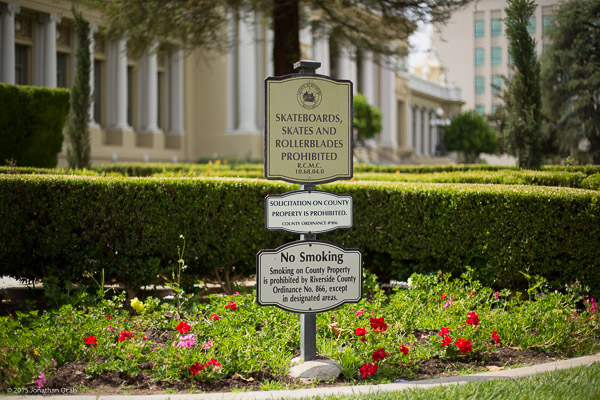
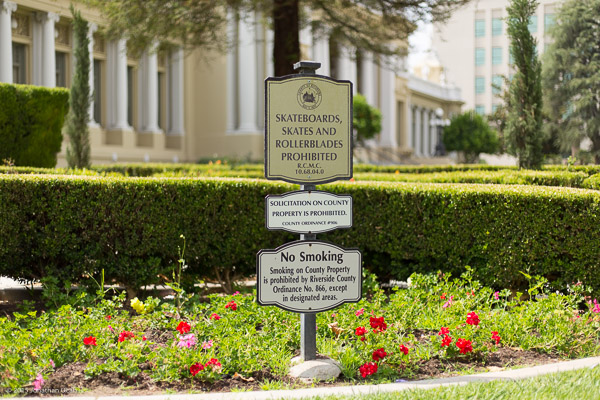
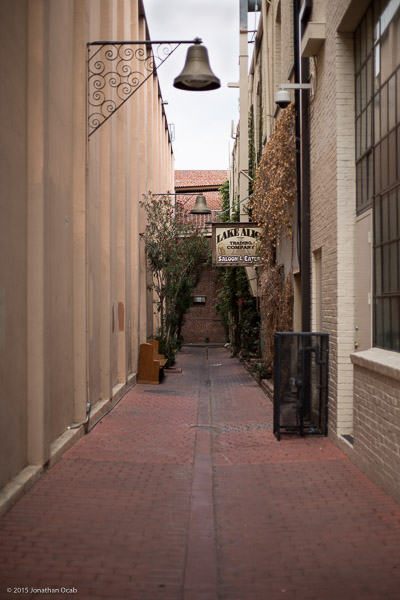
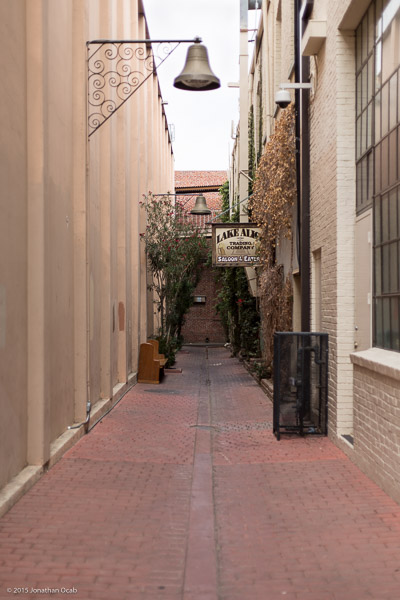
As you can see above, the shadowing in the corners being corrected does give the images a brighter exposure appearance (and is evident in histograms pre and post lens correction.
As far as bokeh is concerned, the 50mm f/1.8 STM will easily blur the background of your subject, but the bokeh is about average for a low cost prime.



Depending on the background distance from subject, the bokeh can actually look quite nice. But often, the background bokeh edges can look smeared or have the appearance of shifted or haloed outlines.


All in all, the Canon EF 50mm f/1.8 STM is solid low cost prime lens, and if any Canon shooter is looking to get a 50mm prime under $400, this EF 50mm f/1.8 STM is my recommendation. The f/1.8 STM has a lot of features that give it the edge over the Nifty Fifty (50mm f/1.8 II), and at the same exact MSRP, it’s pretty much all in favor of the f/1.8 STM.
As far as the Canon EF 50mm f/1.4 USM, I did own that lens before, and while it was definitely better than the 50mm f/1.8 II in build quality, the image quality wasn’t that much better to justify the price difference (currently $399 MSRP).
Note that I’m not including the Canon EF 50mm f/1.2L in the discussion, since it is an L series lens and a beast on a whole other level above the other Canon 50mm prime lenses.
So if you’re a Canon shooter wanting a budget 50mm prime lens, definitely give the Canon EF 50mm f/1.8 STM a try. I think you’ll be satisfied with it. Even if you aren’t on a budget, the 50mm f/1.8 STM still offers a solid performing lens in a light, compact package.
Here are some more sample photos taken with the Canon EF 50mm f/1.8 STM.
All photos taken with the 50mm f/1.8 STM were using the Canon EOS 5D Mark III.

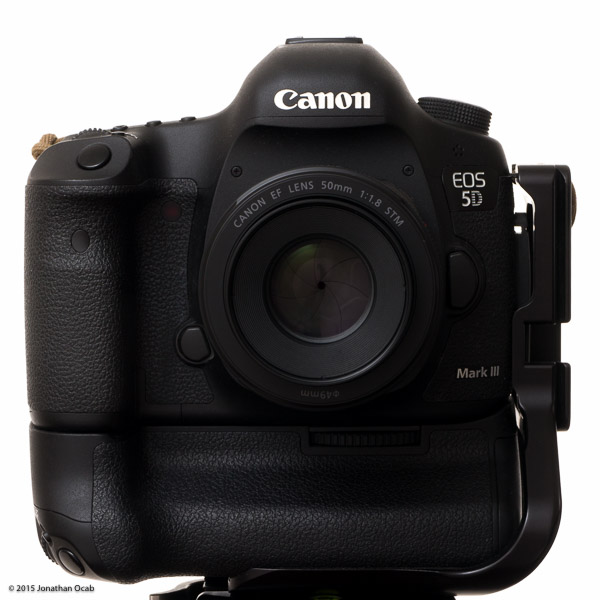
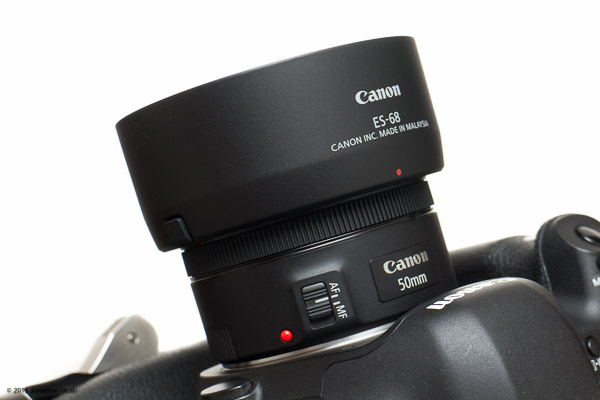
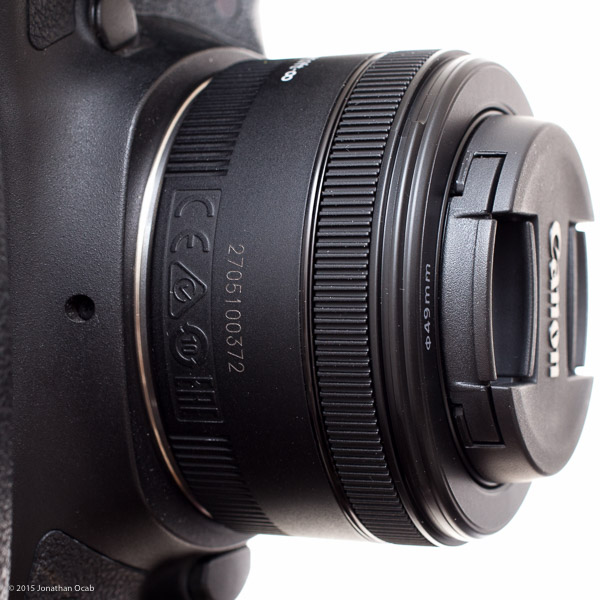
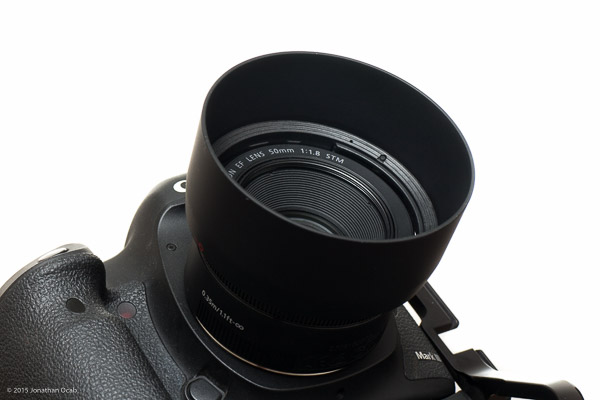





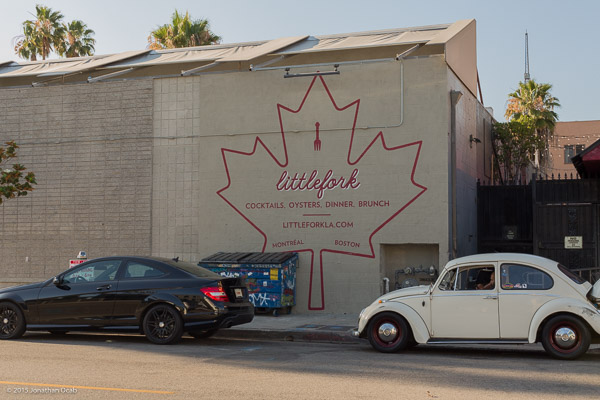




Comment on this post